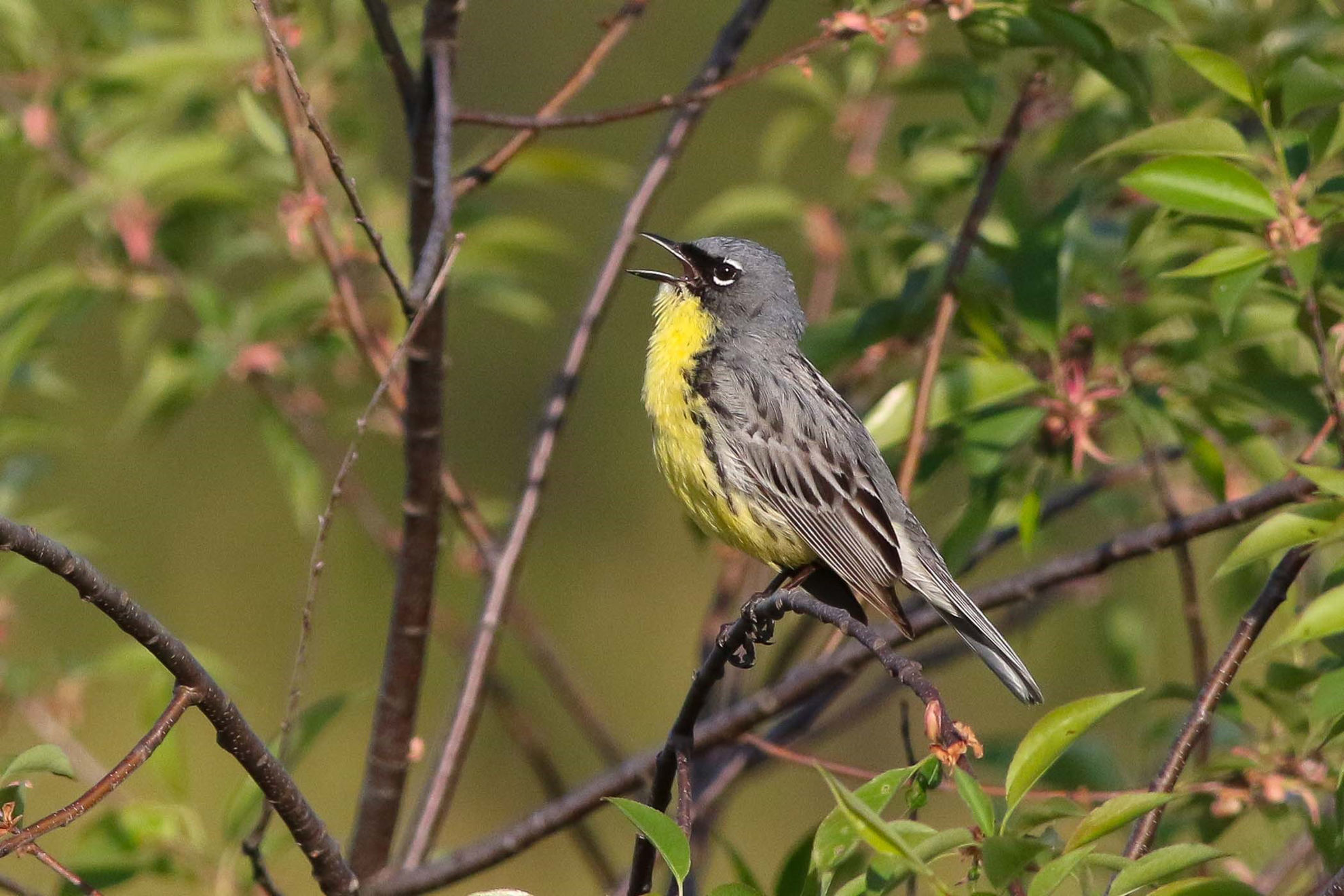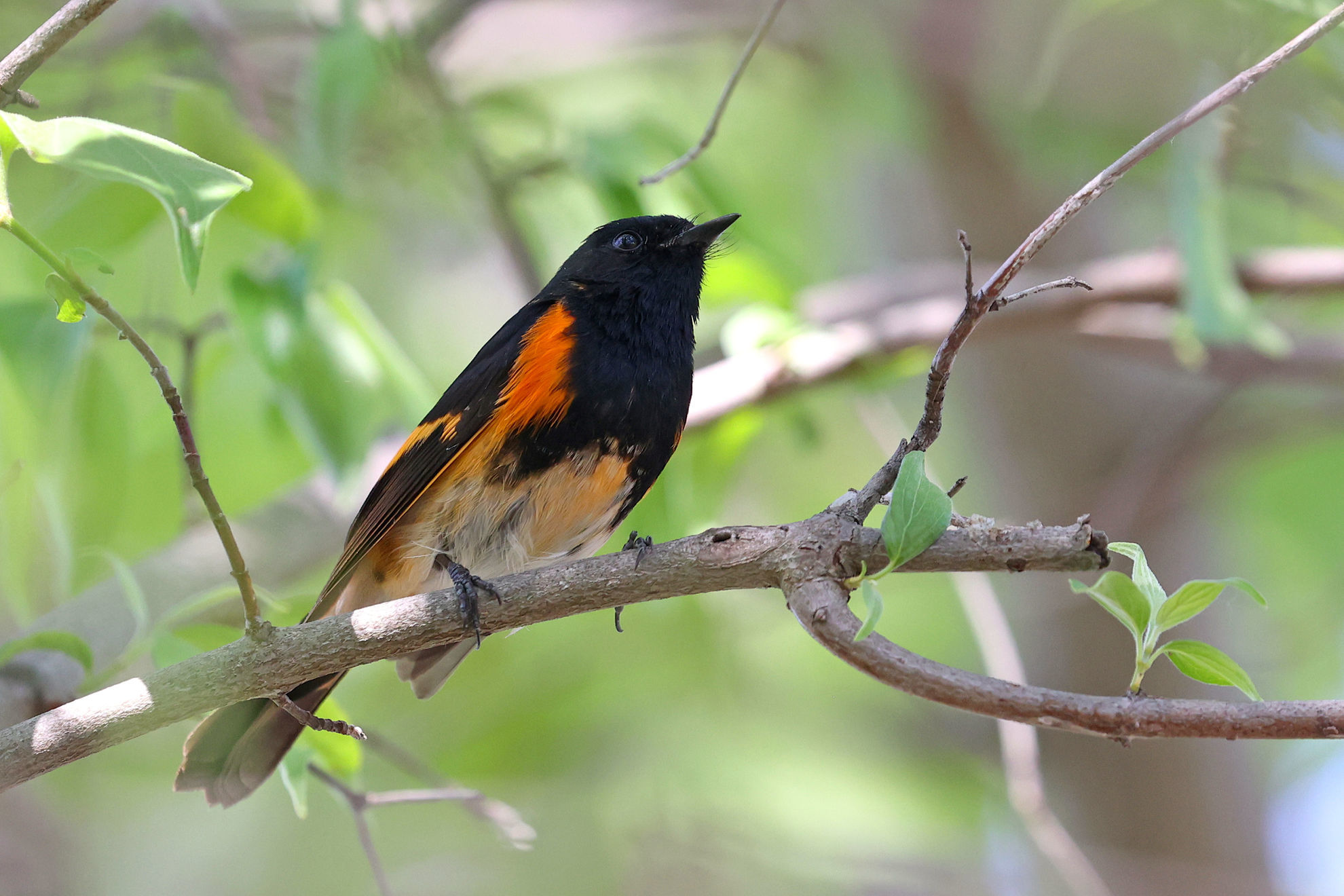Toll Free: 800.328.8368
Phone: 512.328.5221
Midwest Warblers
Upcoming Dates
May 17 - 25, 2026
Departs
Cleveland
Returns
Detroit
Tour Limit
Sold Out
Itinerary
Read More
Kirtland's Warbler © Michael O'Brien
Short tour offering the best warbler-watching in North America, with up to 30 species likely, including the very rare and local Kirtland’s.
Warblers are among the most popular groups of birds in North America. Their brilliant colors and energetic songs enliven spring mornings throughout much of the continent. This tour will celebrate the diversity of these wonderful birds, in a region that arguably holds the highest warbler abundance anywhere—up to 30 species are likely on this tour!
Along Ohio’s Lake Erie shoreline lies the legendary Magee Marsh, perhaps the single best location in North America to view migrant warblers. A tiny stretch of woods along the lakeshore concentrates northbound migrants, who stop here to rest and refuel before making the 30-mile crossing to Ontario. Views of birds here can be astounding, with some often just feet away! Our two days here during the height of spring migration should yield a dazzling array of warblers, plus many other songbird migrants including thrushes, flycatchers, vireos, tanagers, and orioles. Nearby Ottawa National Wildlife Refuge complements Magee nicely, with a good variety of shorebirds, herons, and waterfowl. Before heading to Magee, we’ll explore Cuyahoga Valley National Park. Located in eastern Ohio, this park harbors birds more typical of the southern Appalachians, such as Hooded, Cerulean, and Yellow-throated warblers, Acadian Flycatcher, and Wood Thrush.
The second phase of our tour takes place in Michigan’s Lower Peninsula, home to the endangered Kirtland’s Warbler. We’ll have three days to explore this wonderful and birdy area, devoting at least a full morning to search for Kirtland’s in the young jack pine forests it depends upon. Although Kirtland’s will be a central focus, we’ll seek many other special breeding birds such as Sedge Wren; Golden-winged, Mourning, and Cape May warblers; Upland Sandpiper; Ruffed Grouse; Eastern Whip-poor-will; and Henslow’s Sparrow. We’ll also visit Tawas Point on the shores of Lake Huron. Though not as well-known as Magee Marsh, it can be just as productive for migrant songbirds, and gives us a final opportunity to add a few species to our list.
Good accommodations; pleasantly cool weather; easy terrain but long walks and much time on foot.

American Redstart © Michael O'Brien
Price: $4,275
This departure is sold out. Please contact the VENT office to register for the waitlist.
Departure Dates
Route Map
Tour Leaders
Field Reports
Connecting Tours
No Connecting Tours
Operations Manager

Patrick
Swaggerty
Questions? Contact the Operations Manager or call 800.328.8368 or 512.328.5221




